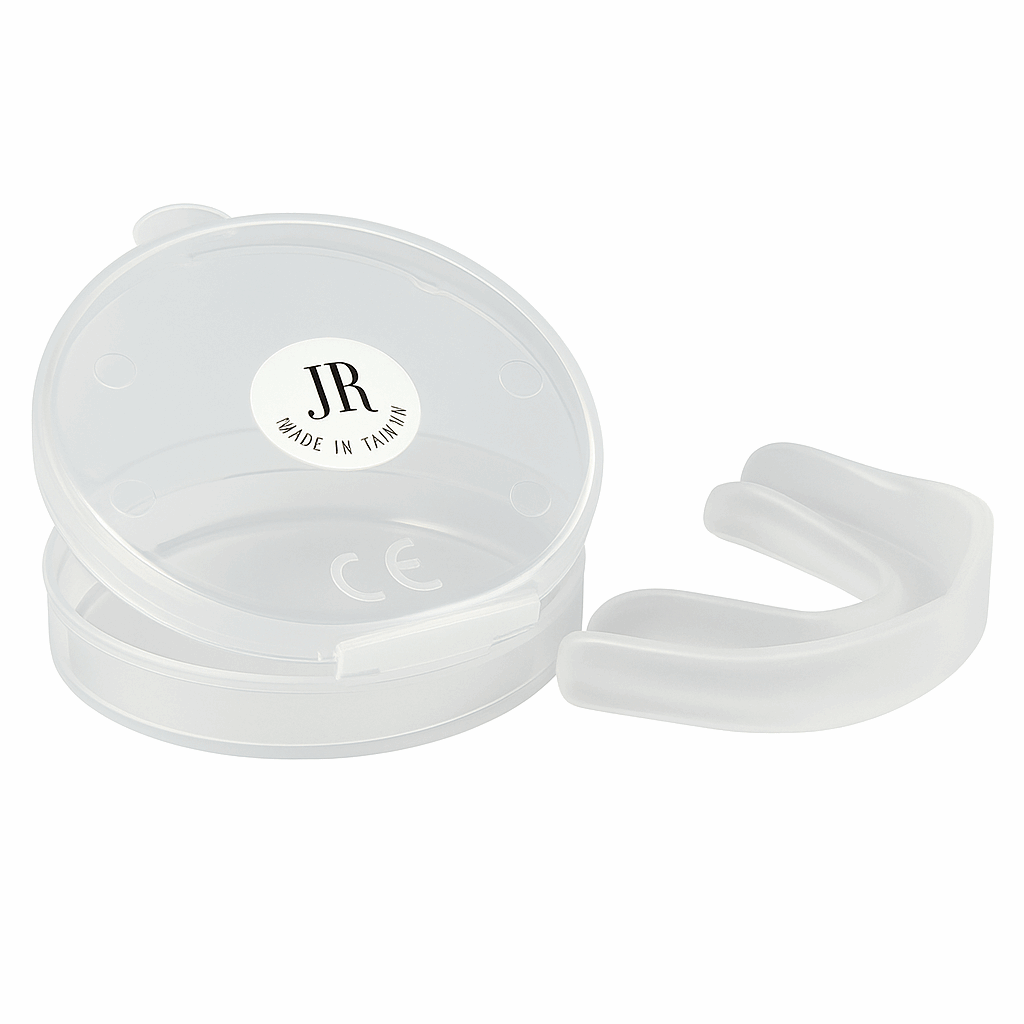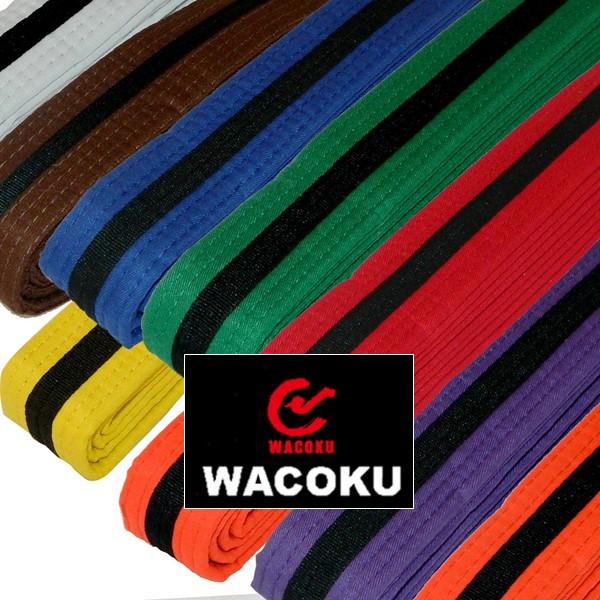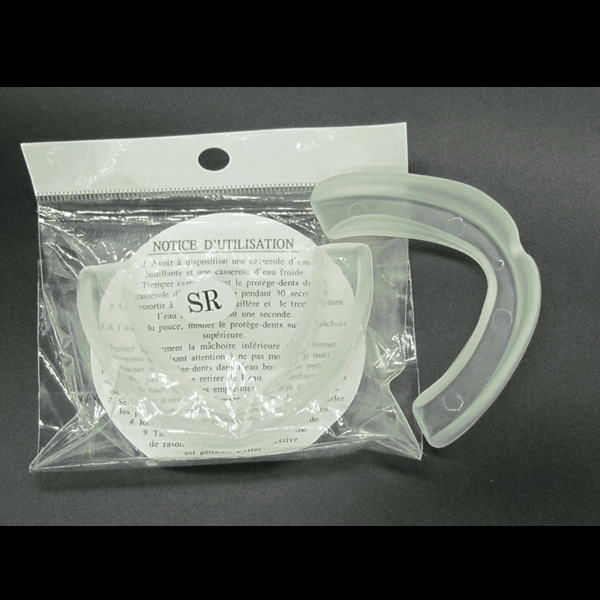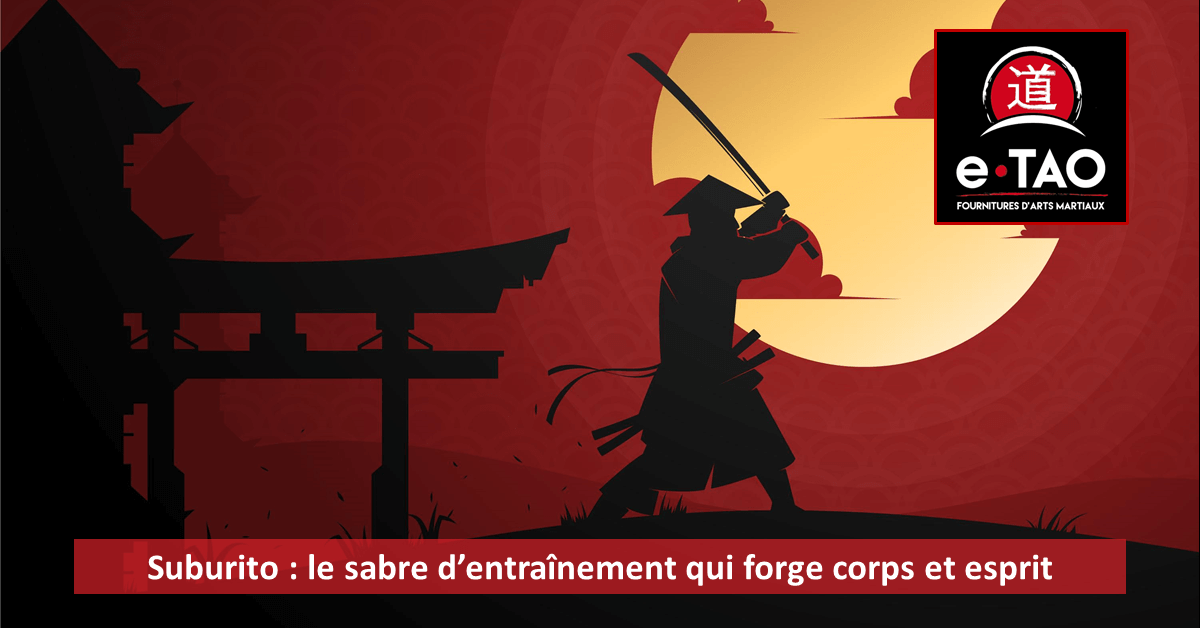In the world of Japanese martial arts, each tool has a purpose and an educational value that goes far beyond its primary function. Among them, the suburito , this heavy and disproportionate bokken, occupies a singular place. Too massive to be used in combat or in conventional kata, it is designed above all for training strength, endurance, and precision. From iaido to aikido, including kendo and kenjutsu, the suburito is a silent companion for the swordsman in his quest for perfection.
Origins and characteristics of the suburito
The term " suburito " comes from suburi (repetitive practice cuts) and to (sword). It could therefore be translated as "sword for suburi." Its shape is inspired by the bokken (standard wooden sword), but its dimensions and weight vary: some models exceed a meter in length and weigh more than 1.5 kg, sometimes up to 3 kg for the most massive. Unlike the bokken, it does not seek to faithfully imitate the katana, but rather to amplify the difficulty of the gesture.
The idea is simple: by increasing the load and resistance, we accustom the body to supporting greater effort. When we then return to the bokken or iaito, the movement feels more fluid and light, allowing for greater speed and refined control.
Suburito in iaido and iaijutsu
In iaido and iaijutsu , disciplines focused on the art of drawing and cutting in a single action, the suburito is primarily used to strengthen the muscles and improve the precision of cuts. Iaiido requires extreme rigor in the cutting line ( hasuji ) and great bodily stability. The weight of the suburito forces the practitioner to use their entire body rather than just their arms.
By working on a series of vertical, diagonal, or lateral cuts, the practitioner develops a heightened awareness of their center of gravity. The slowness imposed by the tool also encourages greater attention to detail: shoulder alignment, fluidity of breathing, coordination between the left and right hands. Some masters advise beginning or ending each session with a few dozen cuts with the suburito , as a kind of active meditation.
The suburito in kendo
Kendo , a modern, sporty version of the art of the sword, emphasizes speed, rhythm, and explosiveness. Yet, the suburito remains a favored tool in the physical and technical preparation of kendoka.
The most common exercise involves performing repetitive strikes ( men suburi , head cuts) with the suburito . The additional load helps strengthen the forearm, wrist, and shoulders, while consolidating posture and stability. In addition, the training develops the concept of kiai (martial shout) and breathing, as the suburito requires deep, controlled breathing.
Some dojos even incorporate entire suburi sequences with suburito at the beginning of classes, to warm up the body and anchor the movement just before moving on to the shinai. The contrast between the heaviness of the suburito and the lightness of the shinai reminds the practitioner of the value of precision and speed.
Suburito in kenjutsu
In kenjutsu , a more traditional discipline often linked to ancient schools ( koryu ), the suburito is used as a tool of endurance. Unlike kendo where speed is essential, koryu often favor depth of gesture and anchoring.
Some ryu (schools) impose thousands of cuts with the suburito as part of their fundamental training. This repetition, taxing for the body and mind, builds not only muscles but also determination. It is part of a logic of tanren (building the body and mind through effort).
The use of the suburito then becomes an initiation rite: it is not only about working on technique, but also about testing the practitioner's perseverance, strengthening their inner discipline and patience.
Suburito in aikido
At first glance, aikido seems far removed from the intensive practice of heavy swordsmanship. However, the dimension of weapons occupies an important place in it, particularly in certain lineages such as Iwama aikido. In this context, suburito is used to develop kokyu (power of breath) and the connection between body and movement.
Suburi performed with the suburito serve to improve the fluidity of movement and stability of movement. As in iaido, the emphasis is placed on bodily unity: the hips, the center (hara), and breathing become the true driving forces of movement, not simply the strength of the arms. This training allows the practitioner to then apply the principles acquired in the empty-handed techniques of aikido.
Cross-cutting benefits
Regardless of the martial art, the use of suburito brings common benefits:
- Overall muscle strengthening : shoulders, arms, back, hips.
- Endurance and breath : ability to maintain a sustained pace during exercise.
- Technical precision : the weight of the wood requires you to maintain a correct trajectory.
- Postural stability : the body learns to absorb weight and stay centered.
- Mental discipline : repeating the same movement hundreds of times builds patience and concentration.
The suburito is therefore much more than a simple bodybuilding tool. It embodies the philosophy of budo: progress through difficulty, find lightness in heaviness, transform the obstacle into a means of growth.
Conclusion
At a time when many practitioners are seeking immediate efficiency or athletic performance, suburito reminds us of the importance of in-depth work, invisible and thankless, but capable of lasting results. In the shadow of the dojos, this enormous wooden sword continues to forge strong bodies and resilient minds.
Whether wielded by a practitioner of iaido, kendo, kenjutsu or aikido, it conveys the same truth: mastery of the sword is not just a matter of speed or technique, but also of patience, breath and perseverance.










